Blizzard yesterday announced that its roadmap to Overwatch 2 will not include the originally promised co-op and PvE content as it was initially promised to players when the publisher unveiled the game during BlizzCon in 2019.
Since then, players have responded in droves on social media to express their disappointment, and many have even gone as far as to say that the news means that there was no reason for Blizzard to come out with Overwatch 2 in the first place if they didn’t intend on following through with the PvE systems they originally advertised.
While the game’s executive producer Jared Neuss and game director Aaron Keller spoke about the decision briefly during a dev chat stream yesterday on the game’s official Twitch channel, they didn’t give too many details and weren’t thoroughly questioned.
A Q&A that has since been published by Gamespot, however, added some more context to the decision-making process.
Why is Blizzard pivoting Overwatch 2’s PvE content plans?
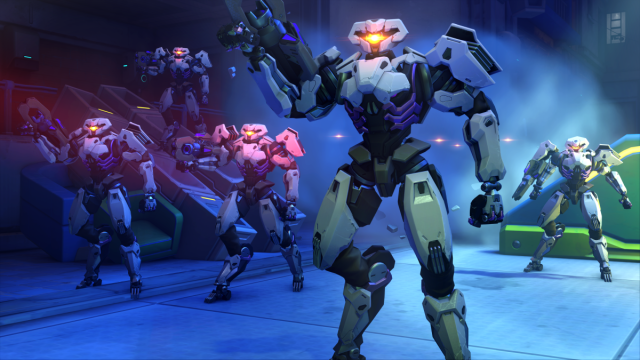
Both in its dev chat and interview with Gamespot, Blizzard’s top OW2 execs used time, effort, and resources as a primary explanation for doing away with the originally intended PvE plans.
While Blizzard is bringing co-op and PvE opportunities to Overwatch 2 that include deepening the game’s lore and story, things like hero talent trees and the “Hero Mode” won’t be added to the game.
For Keller, one of the biggest issues with focusing on an expansive PvE experience had to do with the resulting neglect toward PvP. Noticing that the PvP product was suffering, they shifted focus back toward the PvP side of things in an attempt to appeal to the active player base.
“We made a decision later last year that we would focus all of our efforts on the live running game and all of our PvE efforts on this new story arc that we’re launching in Season 6,” Keller said. “And then on top of that, to keep all of our PvE efforts, all of our co-op efforts, invested in our seasonal releases rather than that one big boxed release.”
From the conversation with Gamespot, it sounded like the biggest problem was that the PvE and PvP elements of Overwatch 2 were effectively two separate games with their own distinct needs. But Blizzard only had one team working on it.
Meanwhile, Neuss noted that as the team dove further and further into the Hero Mode side of things, it became increasingly apparent that the team that created the original Overwatch wasn’t exactly equipped to create what they were undertaking.
“I understand that people think it’s probably relatively simple,” Neuss said. “It’s definitely not, and especially because what you don’t want is to just try to build the thing, get it out the door, and move on. You want to build something that really resonates and that people love. So, I guess, my take is just as the team learned more about what it took to make this, as it learned more about the time, the iteration and the technology required, it just became clear that the schedule wasn’t going to work.”
It’s difficult to place blame on any specific individual based on the interviews that Keller and Neuss gave, but it’s clear that the team was in over its head one way or another. That could have been due to a number of circumstances including execs like Neuss and Keller not understanding what technology and resources the team needed initially.
Things also could have fallen apart if the Overwatch team couldn’t get the appropriate approval from higher-ups at Activision Blizzard to expand their operation. Blizzard hasn’t confirmed any such theory, but given the language Keller and Neuss used to explain their lack of capacity, it certainly doesn’t seem out of the realm of possibility that the business side of things played a role.
“In reality, what we were looking at was running two separate games at the same time with a set of Heroes as the piece that is shared between two of them,” Keller said. “And as we started to get further and further into it, obviously our players could realize that we were pulling focus away from the live game, but it just didn’t look like there was a definitive end date in sight where we would finally be able to put that stamp on, or that end date was years away and it no longer felt like we could be doing that to our players, or we could be doing that to the live game that we were running. And that’s when we took the moment to shift strategy and put everything into the live game.”


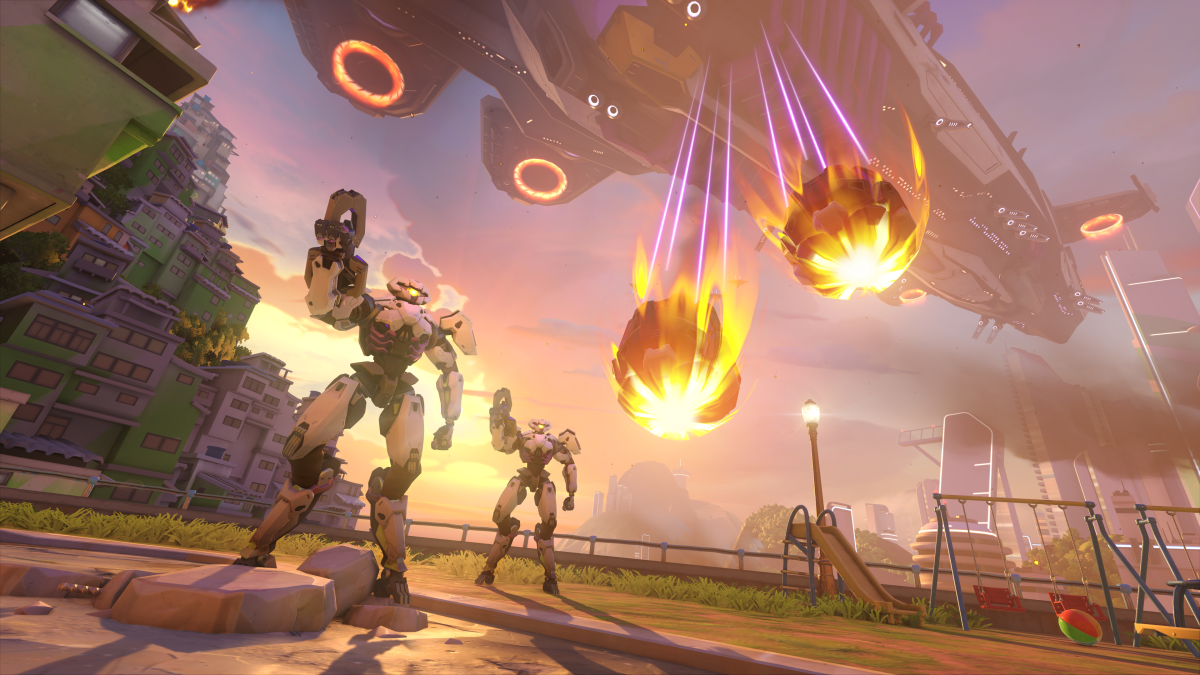
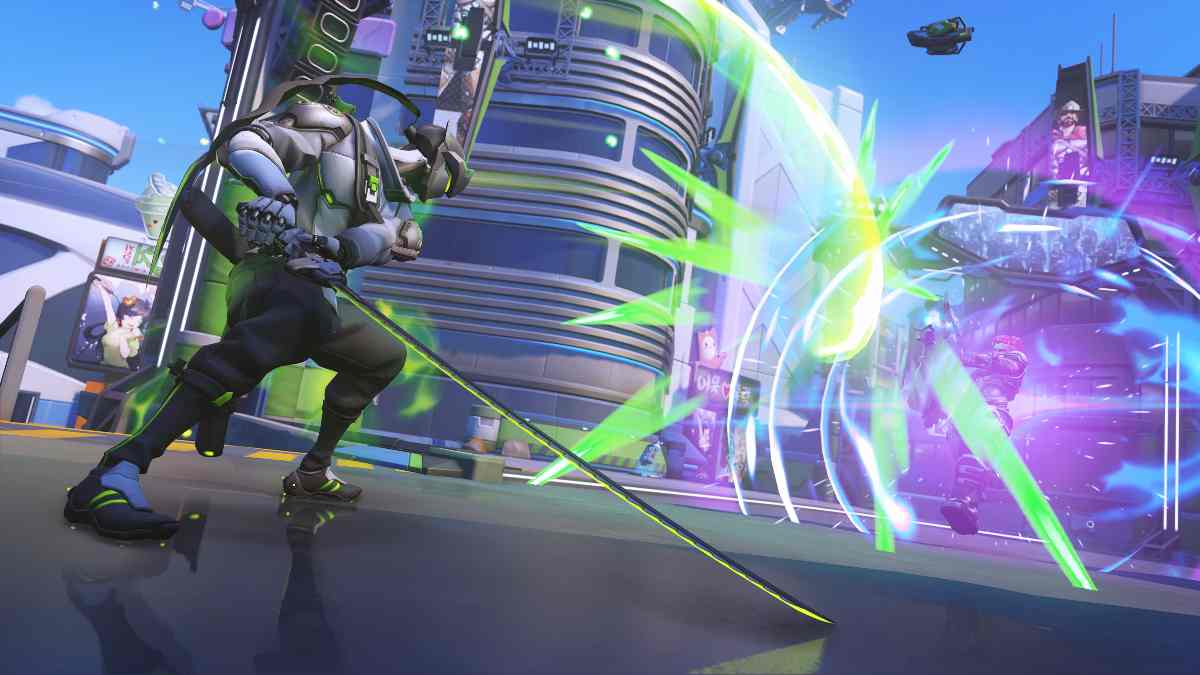
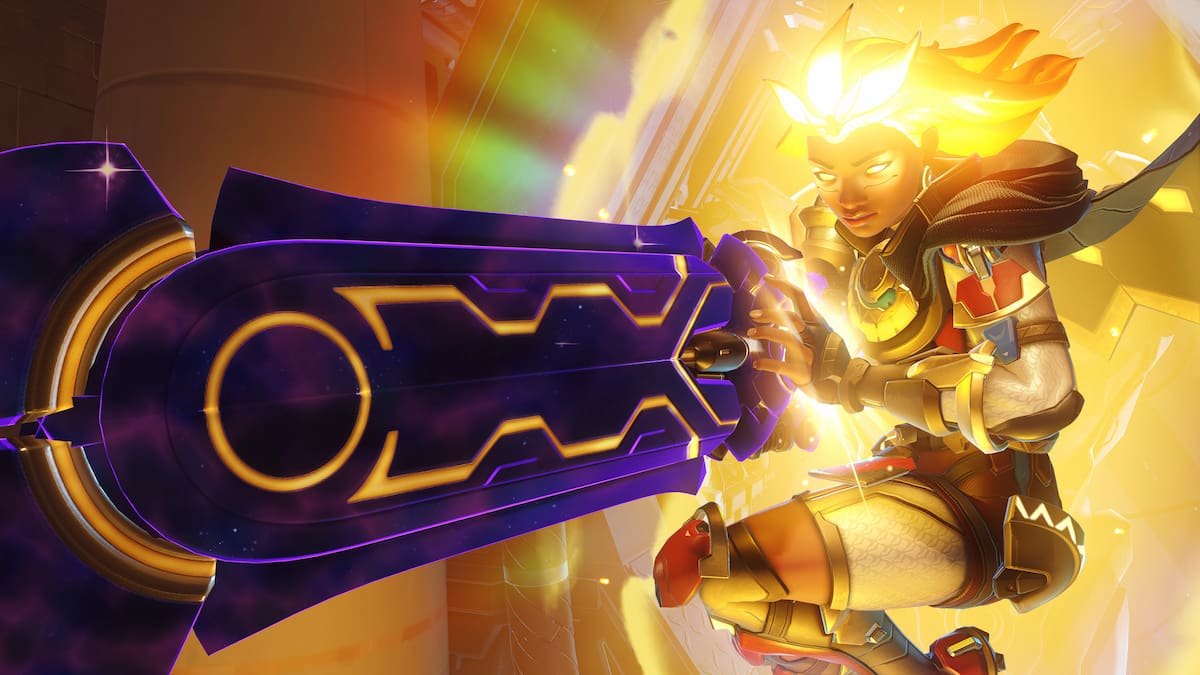
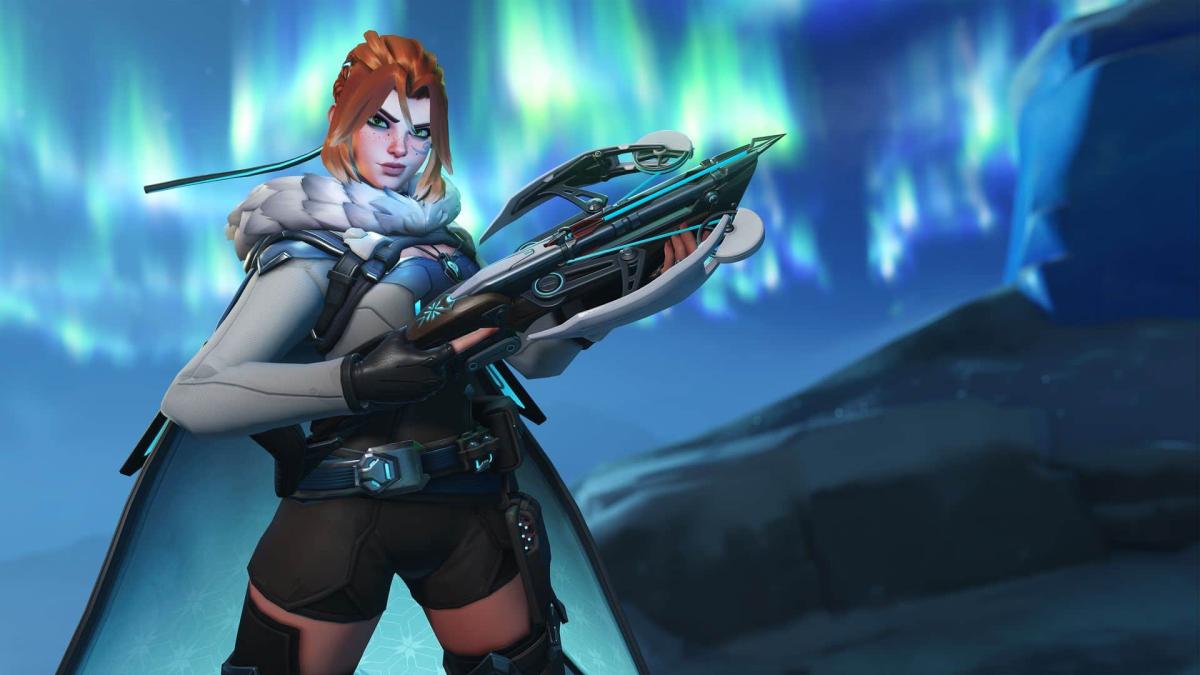
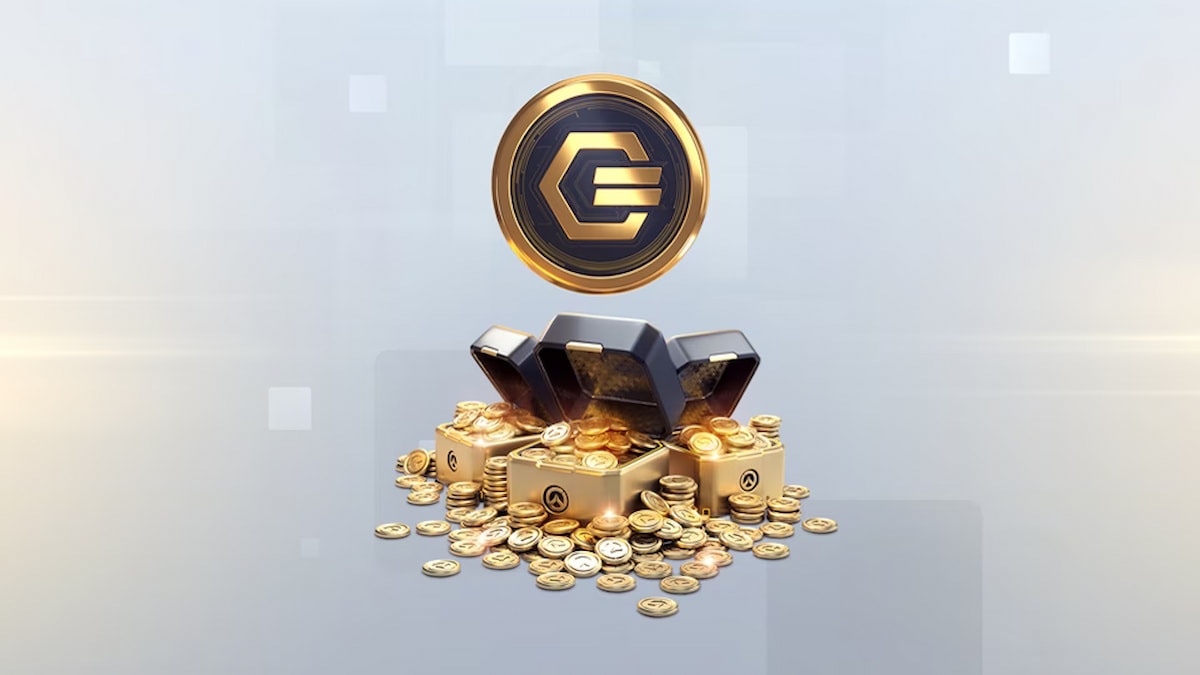
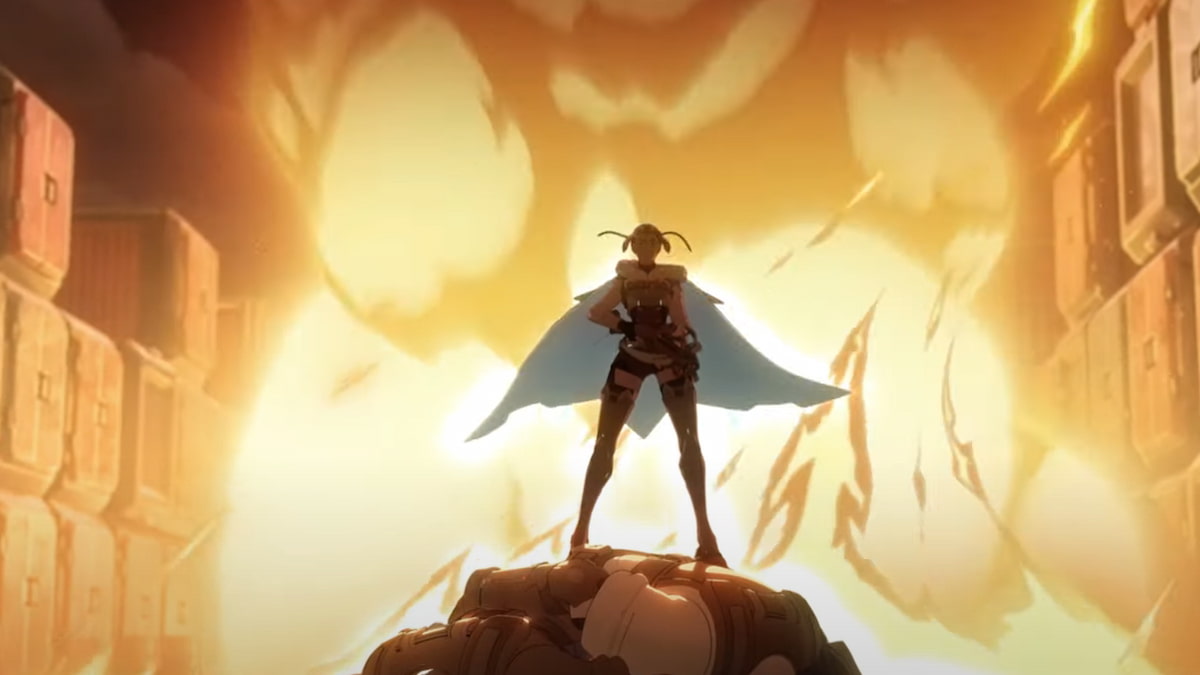
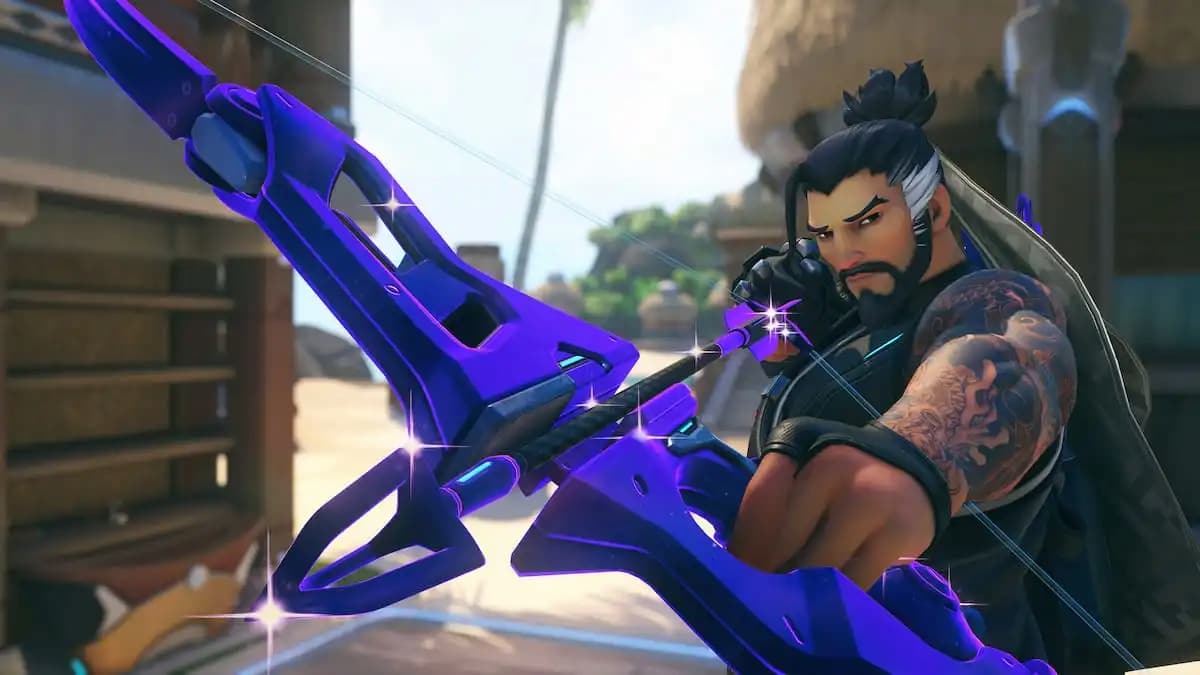
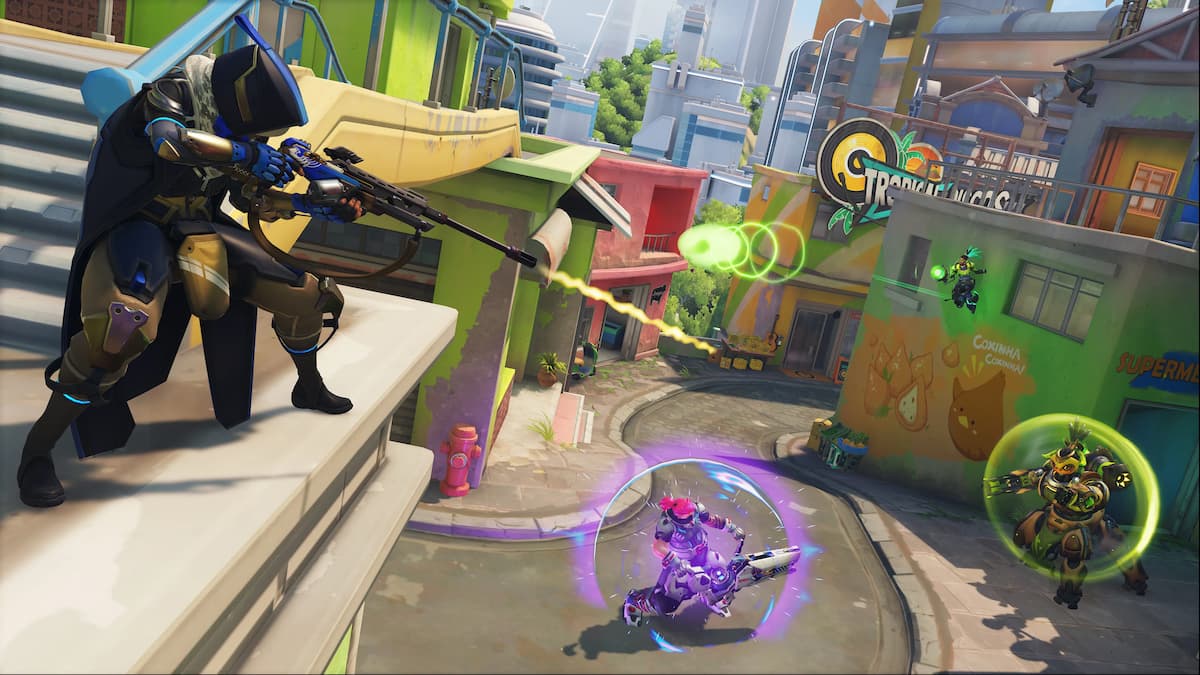
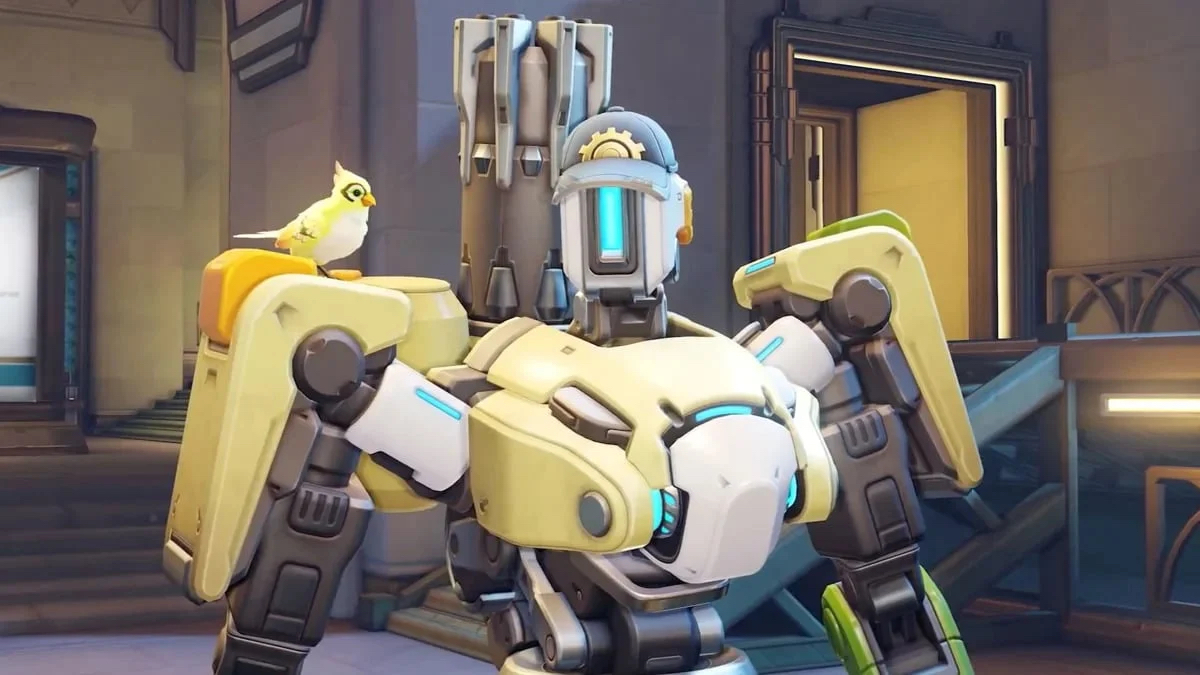
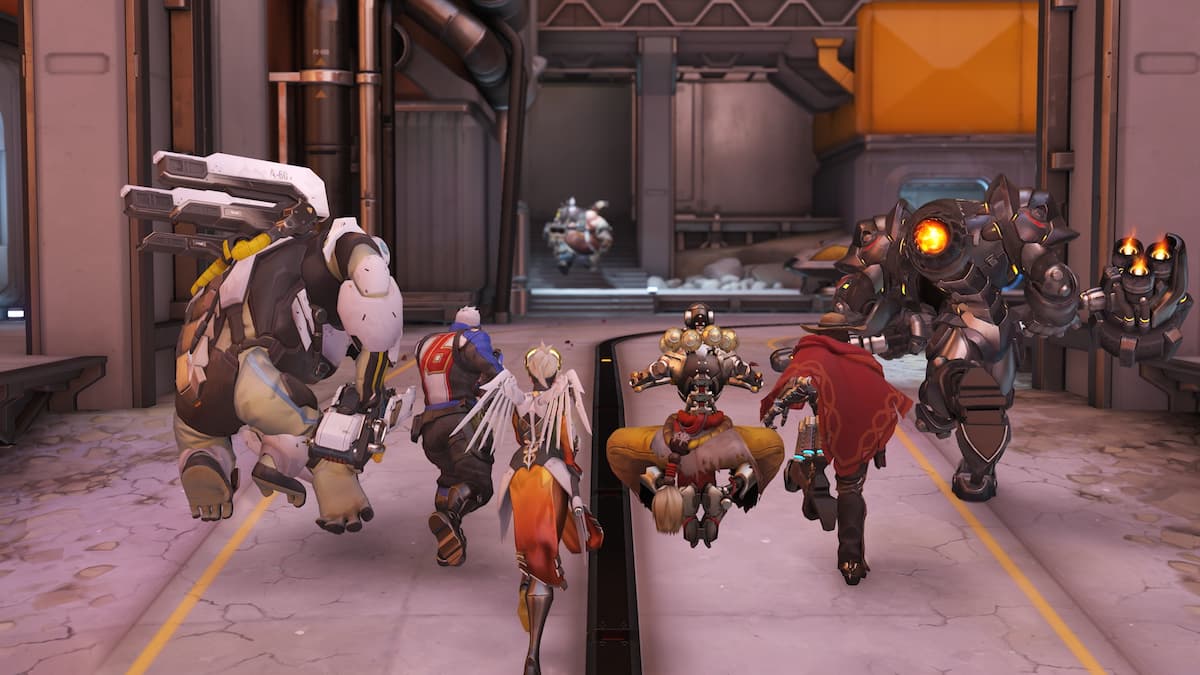

Published: May 17, 2023 04:55 pm